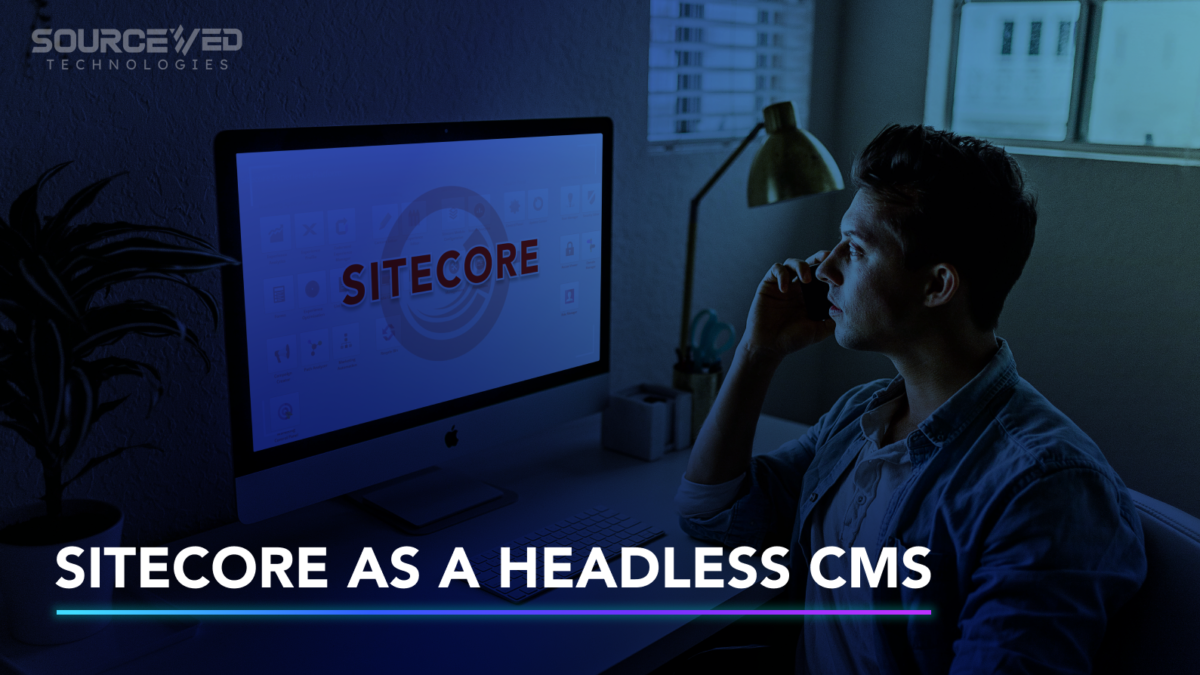Sitecore is a versatile and powerful content management system (CMS) that has evolved to adapt to the changing landscape of web development. One of the approaches Sitecore has embraced in recent years is the headless CMS model. Let’s explore what Sitecore as a headless CMS entails and its benefits.
1. Headless CMS Overview:
– A headless CMS is a content management system that separates the content from its presentation layer.
– In a headless CMS, content is created and stored independently of the frontend, making it agnostic to the technology used to display it.
2. Sitecore’s Transition to Headless:
– Sitecore has traditionally been known for its integrated content management and web experience capabilities.
– To adapt to changing development needs, Sitecore introduced headless capabilities in later versions.
3. Key Features of Sitecore as a Headless CMS:
– Content Repository: Sitecore’s content repository stores and manages content in a structured manner.
– APIs: Sitecore provides robust APIs (Application Programming Interfaces) that allow developers to access content programmatically.
– Content as Data: Content in Sitecore is treated as data, which can be retrieved and rendered using various frontend technologies.
4. Benefits of Using Sitecore as a Headless CMS:
– Flexibility: Developers can use their preferred frontend technologies (e.g., React, Angular, or Vue.js) to create dynamic web applications.
– Multi-Channel Content: Content can be easily repurposed and delivered across various channels, including websites, mobile apps, IoT devices, and more.
– Personalization: Sitecore’s personalization capabilities can still be leveraged when using it as a headless CMS to deliver tailored content.
– Scalability: Sitecore’s architecture can handle high traffic and complex content structures.
5. Use Cases:
– Single Page Applications (SPAs): Sitecore as a headless CMS is well-suited for building SPAs that require dynamic content updates without full page reloads.
– IoT Integration: Content can be distributed to Internet of Things (IoT) devices using Sitecore’s headless capabilities.
– E-commerce: Headless Sitecore can be integrated with e-commerce platforms to deliver product content across various touchpoints.
6. Challenges:
– Development Complexity: Implementing a headless solution can be more complex and requires skilled developers.
– Content Modeling: Properly structuring content for a headless setup can be challenging and requires careful planning.
Conclusion:
– Sitecore headless CMS offers organizations the flexibility to deliver content to a wide range of digital touchpoints while retaining the power of Sitecore’s content management capabilities.
– It is a valuable option for those looking to decouple their content from the frontend and embrace modern web development practices.
Sitecore, a powerful content management system (CMS), has evolved to embrace the headless CMS model, enabling organizations to decouple content from the frontend. This flexibility is particularly valuable when working with a Sitecore development company, as it allows for the seamless integration of Sitecore’s content management capabilities into a wide range of digital touchpoints, including websites, mobile apps, and IoT devices. With Sitecore as a headless CMS, organizations can harness the expertise of a Sitecore development company to create dynamic, personalized, and scalable digital experiences across multiple channels.


